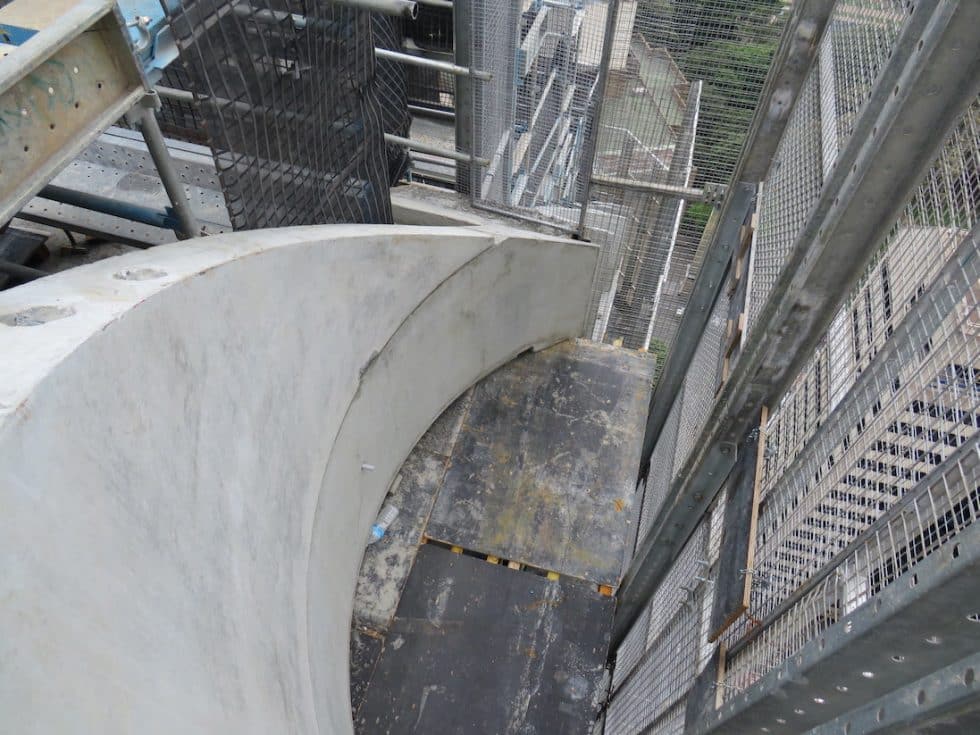ធ្នូ . 23, 2024 07:26 Back to list
Innovative Solutions for Falsework and Shoring Systems in China Construction Projects
The Role and Importance of Falsework and Shoring in Construction in China
In the ever-evolving landscape of construction, particularly in China, the concepts of falsework and shoring play pivotal roles in ensuring the safety, efficiency, and success of building projects. As China's construction industry continues to expand rapidly, driven by urbanization and infrastructural demands, the importance of innovative techniques and reliable methods cannot be overstated. This article delves into the significance of falsework and shoring in Chinese construction, their applications, benefits, and the challenges faced in their implementation.
Understanding Falsework and Shoring
Falsework refers to temporary structures that support a building or other construction while it is being built. These structures are typically used during the construction of concrete elements like slabs, arches, and bridges. Shoring, on the other hand, involves the use of props or supports to hold up a structure temporarily during the construction phase or while repairs are being made.
Both falsework and shoring are essential for creating safe working conditions and ensuring that a structure maintains its integrity during the construction process. With the increasing complexity of modern architectural designs and the push towards taller and more ambitious structures, the use of effective falsework and shoring systems has become even more crucial.
Applications in Modern Chinese Construction
In China, falsework and shoring are extensively applied across various sectors, including residential buildings, commercial complexes, and significant infrastructure projects like bridges and highways. As cities continue to expand and develop, the need for high-rise buildings and expansive commercial spaces has surged. The use of advanced falsework systems allows for the construction of these tall structures while ensuring optimal load-bearing capacity and safety.
Moreover, innovative materials such as aluminum and high-strength steel have transformed falsework and shoring techniques, allowing for lighter, more durable, and more efficient systems. These materials not only enhance the safety of construction projects but also reduce labor costs and construction time. Such advancements are particularly beneficial in megacities, where rapid project turnaround is essential.
Benefits of Falsework and Shoring
china falsework and shoring

The benefits of implementing effective falsework and shoring strategies are manifold. Primarily, they enhance safety by providing necessary support and stability to structures during construction. This minimizes the risk of accidents and structural failures, which can lead to significant financial and human costs.
Additionally, using advanced falsework systems can lead to increased productivity, as they streamline the construction process. By allowing multiple construction tasks to occur simultaneously, projects can be completed more quickly without compromising safety standards.
Furthermore, the adaptability of modern falsework systems allows for customized applications depending on the unique requirements of each project. This versatility is particularly useful in regions characterized by diverse building designs and challenging topographies.
Challenges in Implementation
Despite their critical role, the implementation of falsework and shoring systems in China is not without challenges. One of the primary concerns is the fluctuating cost of materials and labor, which can affect the overall budget of construction projects. Additionally, the rapid pace of urbanization can lead to increased demand for these temporary structures, occasionally surpassing the supply capacity of manufacturers.
Another challenge is ensuring the competence of the workforce tasked with erecting and dismantling falsework and shoring systems. Proper training and adherence to safety regulations are vital to prevent accidents and ensure that these temporary structures can effectively serve their purpose.
Finally, the evolving regulatory landscape can introduce uncertainties in compliance and approvals for new materials and methods in falsework and shoring. Navigating these complexities requires a robust understanding of local regulations and a commitment to adhering to safety standards.
Conclusion
In conclusion, falsework and shoring are indispensable components of the construction process in China, where rapid urbanization and ambitious architectural designs present both opportunities and challenges. Their ability to support safety, efficiency, and innovation highlights the importance of investing in advanced materials and training for construction professionals. As the construction landscape in China continues to evolve, the ongoing development and refinement of falsework and shoring techniques will undoubtedly play a critical role in shaping the country’s infrastructure and urban environments for the future.
-
Adjustable Heavy Duty Props for Slab Formwork | Strong & Reliable Support
NewsAug.23,2025
-
Adjustable Heavy Duty Props for Slab Formwork - Strong & Safe Support
NewsAug.22,2025
-
Formwork Spring Clamp Factories: Quality & Bulk Supply
NewsAug.21,2025
-
Premium Ringlock Scaffolding | China Manufacturer & Supplier
NewsAug.19,2025
-
Efficient Table Formwork for Fast Slab Construction & Reusability
NewsAug.18,2025
-
Timber Beam H20 Formwork & Shuttering - Durable & Reliable
NewsAug.17,2025